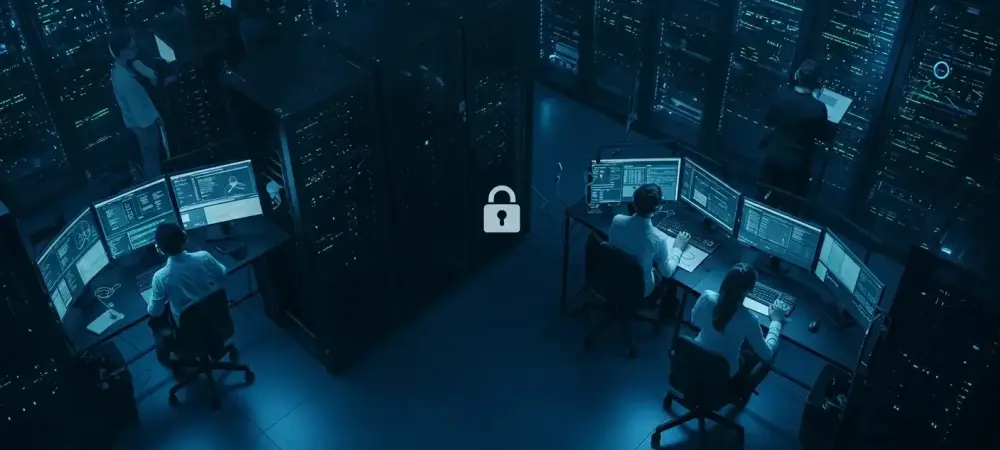In the rapidly evolving world of cyber threats, ClickFix attacks have become a dreaded adversary, with a staggering 517% rise in incidents over a mere six months. Now ranked as the second most prevalent threat vector after phishing, these attacks have captured the attention of cybersecurity experts worldwide. The urgency to understand and combat this growing menace is paramount, as it poses significant risks to individuals and organizations alike. This article delves into the mechanics of ClickFix, expert insights on its impact, and explores potential future directions in cybersecurity to tackle such threats.
Understanding ClickFix Dynamics
ClickFix Surge and Statistics
Data from the past six months reveals a dramatic 517% escalation in ClickFix attacks, underscoring the gravity of this emerging threat. Rapidly becoming a dominant force in the cybersecurity landscape, ClickFix ranks just after phishing in terms of threat prevalence. Credible reports highlight this broader trend, providing a clear picture of the exponential growth and geographical spread of these attacks. Organizations are compelled to confront these realities and strengthen defenses accordingly.
How ClickFix Operates
At the heart of ClickFix attacks lies a blend of deception and technological exploitation. Cybercriminals deploy fake error or verification messages to lure victims into executing malicious scripts, capitalizing on users’ innate desire to resolve issues independently. These tactics often bypass traditional security frameworks, leaving systems vulnerable to infiltration. Real-world examples abound, illustrating the devastating consequences of ClickFix applications in various scenarios, including ransomware and state-sponsored malware incidents.
Expert Insights on Impact
Cybersecurity experts, including ESET’s Jiří Kropáč, have voiced concerns about the far-reaching implications of ClickFix attacks on the global threat landscape. As these attacks proliferate, they reshape the dynamics of cybersecurity, necessitating a recalibration of defense strategies. Experts emphasize the challenges faced in combating these attacks, notably their ability to adapt and evolve faster than traditional security measures can respond. The potential impact on individuals, businesses, and critical infrastructure further underscores the urgency of addressing this threat.
The Future of ClickFix and Cybersecurity Threats
Looking ahead, the trajectory of ClickFix attacks presents both challenges and opportunities in the cybersecurity domain. As attackers refine their techniques, defenders must anticipate technological and strategic advancements to remain ahead. Emerging technologies and innovative security protocols offer promise, yet also demand constant vigilance and adaptation. The implications for various industries are profound, as they grapple with the ever-present specter of evolving cyber threats and the need for robust, flexible defenses.
Concluding Reflections and Steps Forward
In summary, the rise of ClickFix attacks highlights the transformative nature of modern cybersecurity threats and the pressing need for proactive responses. While understanding the scope and mechanics of such attacks is crucial, the path forward requires concerted efforts to develop and implement comprehensive security measures. Organizations and individuals alike are encouraged to prioritize cybersecurity awareness, invest in cutting-edge defenses, and stay informed about emerging threats. By fostering a culture of resilience and vigilance, the cybersecurity community can address the challenges posed by innovative attack vectors like ClickFix.

